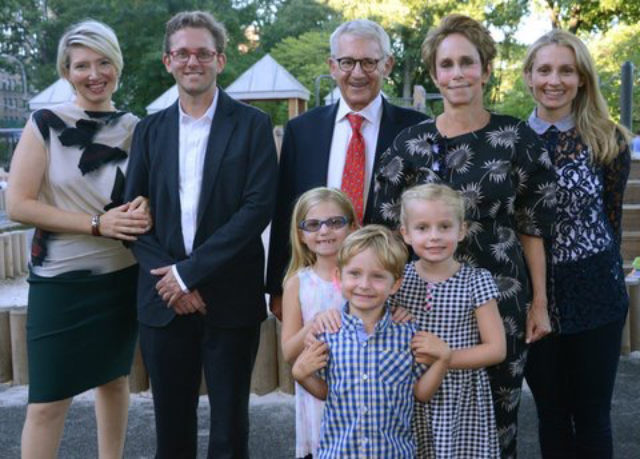50 years ago, Jeff Tarr, A.B. ’66, developed first computer dating service
Computerized courtship has become a pervasive part of contemporary culture, with more than one in five adults now searching for romance using dating websites, according to a Pew Research Center study. The $2 billion online dating business traces its humble beginnings to a Harvard dorm room, where two students came up with the concept that revolutionized dating.
During the spring of 1965, Jeff Tarr, A.B. ’66, found himself sharing with several classmates his frustrations with blind dating, lamenting how the process was fraught with frequent disappointments. He and classmate Vaughan Morrill hatched a plan to not only improve the blind dating process, but also (hopefully) land a few more dates themselves.
The idea, then a novel notion, involved using a computer to match single men and women based on their compatibility.
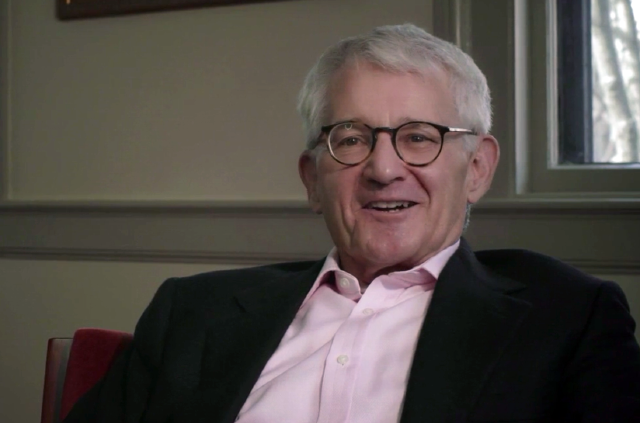
Jeff Tarr, A.B. '66, founded the first computer dating service while he was a student at Harvard. (Image credit: FiveThirtyEight Productions/ESPN Films.)
“Back then, computers were really only used for industrial purposes, so using them for dating wasn’t on anybody’s radar,” recalled Tarr, a donor and member of the Harvard John A. Paulson School of Engineering and Applied Sciences Campaign Committee, who has endowed the Jeff C. Tarr, Tarr Family, Extended Tarr Family, and Tarr-Coyne Professorships.
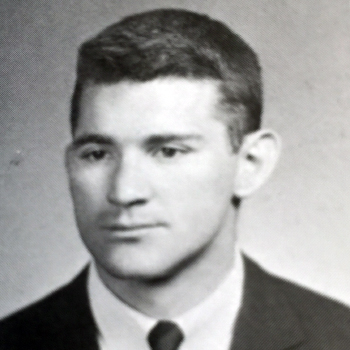 Thanks to a summer job as an actuary, Tarr had some idea how computers were used in the insurance industry. With little other computational experience, he and Morrill devised a matchmaking system for college students based on a detailed questionnaire. The 75 questions ranged from innocuous inquiries, such as music preferences and greatest influences, to more racy details like the likelihood to kiss on a first date and a self-declared “sexual experience” ranking.
Thanks to a summer job as an actuary, Tarr had some idea how computers were used in the insurance industry. With little other computational experience, he and Morrill devised a matchmaking system for college students based on a detailed questionnaire. The 75 questions ranged from innocuous inquiries, such as music preferences and greatest influences, to more racy details like the likelihood to kiss on a first date and a self-declared “sexual experience” ranking.
Customers mailed completed forms and $3 to the Operation Match headquarters in Cambridge. Responses were coded onto punch cards and fed into a computer, which generated compatibility matches based on similar answers to certain questions. In about three weeks, each client received a letter listing the names, addresses, phone numbers, and college graduation years of the six most compatible matches.
Generating match reports was mostly a manual process. Tarr and his colleagues utilized Boston’s Service Bureau Corporation, and a room-sized IBM 1401 machine, to process punch cards. To save money, they ran the cards through the machine during the off-peak hours of 2 to 4 on Sunday mornings.
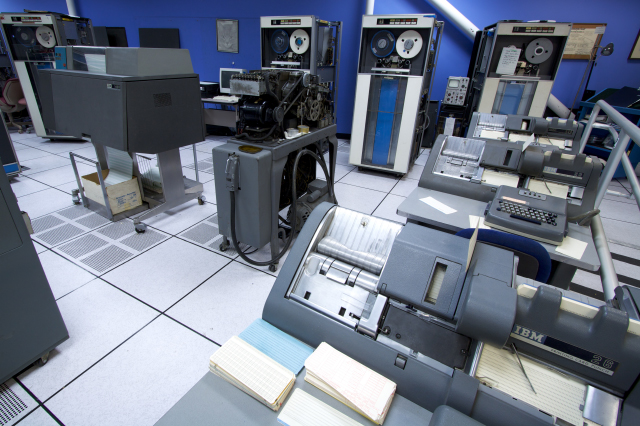
An IBM 1401 machine similar to this one was used to process Operation Match punch cards. (Photo By Marcin Wichary, via Wikimedia Commons)
“Originally, we planned to spend 10 hours a week on Operation Match. Pretty quickly, we were spending 10 hours a day on the project,” Tarr said. “It was novel, but we had no idea it was going to catch on like it did.”
When the project launched, Tarr called the student newspaper editors at Boston area colleges to pitch the story. He and classmate David Crump, A.B. ’66, even drove out to all-women Smith and Mount Holyoke Colleges to spread the word among female students.
The publicity worked, and Operation Match received more than 8,000 questionnaires for its first run in early 1966. Surprisingly, 52 percent of initial respondents were women.
There were a few perks involved in directing Operation Match, Tarr recalled. “Because I ran the enterprise, I was matched up with all kinds of lovely young ladies,” he said.
But what really vaulted Operation Match into the national limelight was a cover story in the February 1966 issue of Look magazine. The article declared that “punch bowls are out, punch cards are in.”
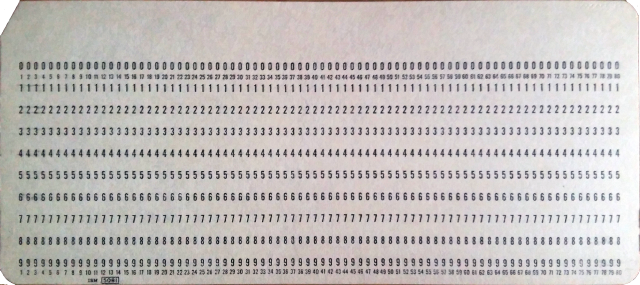
Survey responses were coded onto IBM punch cards, like this one.
Capitalizing on a wave of publicity, Tarr pitched the service on “Johnny Carson,” “To Tell the Truth,” and “I’ve Got a Secret.” Within the next year, the team had received more than 100,000 questionnaires from college students all over the country and Tarr had become such a celebrity in the world of computer dating that he began using a pseudonym, Jeff Charles, when he traveled.
“We heard a lot of good success stories, but we also heard terrible stories,” he said. “It may have been a fad, but Operation Match probably resulted in at least 100 marriages.” (Though Tarr met his wife, Patricia, through a mutual friend.)
After about two years of playing matchmaker, Tarr sold the business to two different firms that used the Operation Match system to pair up college roommates.
Ultimately, his experience as an entrepreneur and technological expertise helped him land a job at the business consulting firm McKinsey & Company in Washington, D.C. From there, Tarr launched a successful finance career and currently serves as chairman of Junction Advisors, a risk arbitrage firm in New York City.
Fifty years after the nationwide launch of Operation Match, Tarr finds himself a little bit bemused by the explosion in computer dating.
“In my day, when it started, it was really just a social experiment. Now computer dating has become an established and a very common thing,” he said.
And Tarr should know—his daughter, Jennifer Tarr, A.B. ’01, is married to Chris Coyne, A.B. ’99, co-founder of the online dating site OKCupid. (The two met at a party rather than over the Internet.)
Although new technology enables websites like OKCupid to connect people in ways Tarr couldn’t have even imagined when he launched Operation Match in 1965, he is proud of the role he played in starting the computer dating phenomenon.
Watch an ESPN video on Operation Match: http://fivethirtyeight.com/features/what-online-dating-was-like-in-the-1960s/
